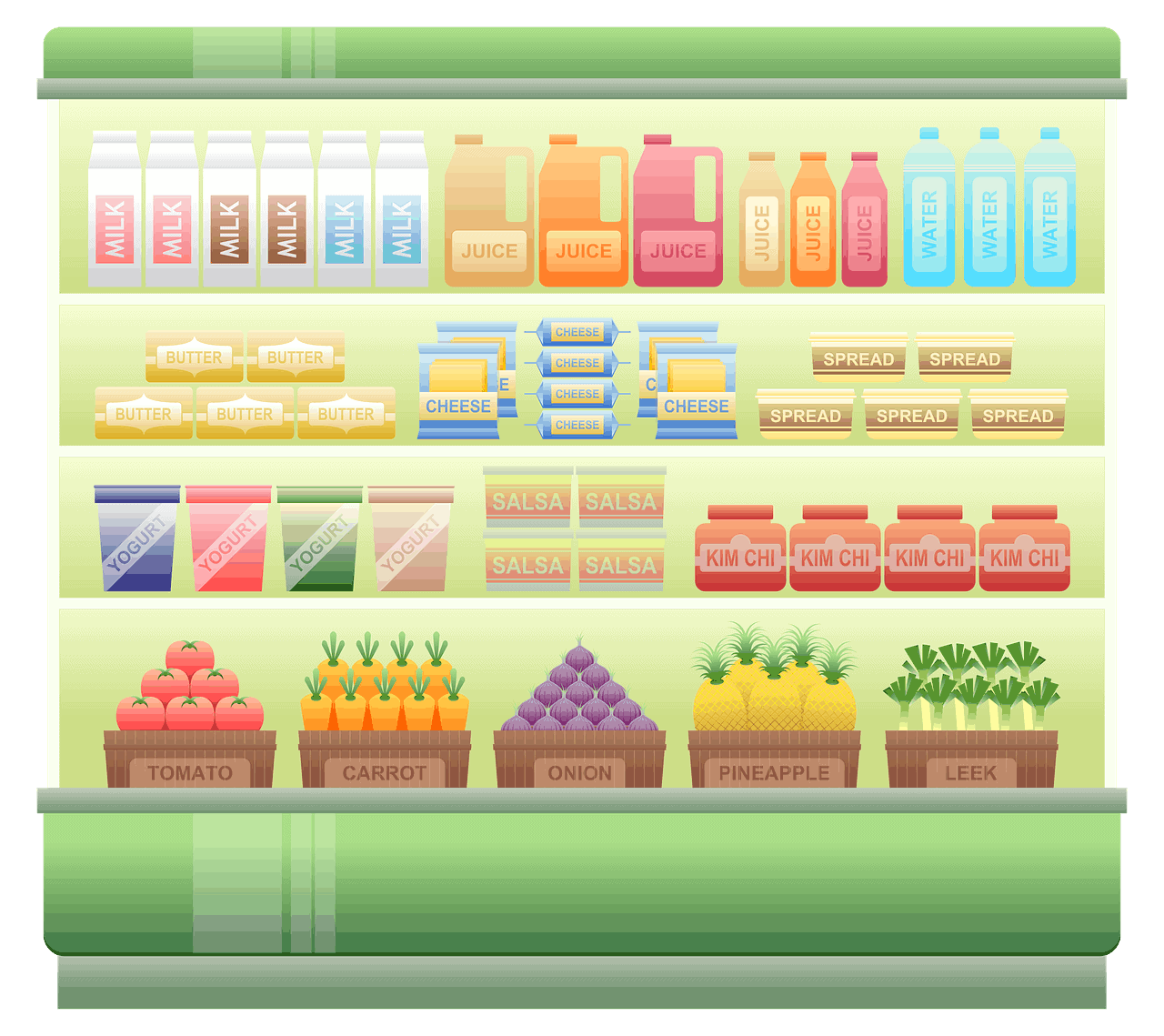The food market is one that changes as regularly as the weather, with new trends and fads hitting the market each and every day. The industry is booming, and although there is already a vast range of products already available, there is still plenty of room for new and innovative food items to hit the shelves. If you think that you have an idea or a product that would succeed within the UK food market, then make sure you take a look at our guide to lead you to success:
1. Know your market
The initial market research is a vital step in bringing your food product to market. This will help you to decipher whether there is enough of a gap for your product to succeed, as well as figuring out who those people might be. The better and more thorough your initial research is, the easier it will be for you to tailor your marketing strategy to the correct audience. From questionnaires to focus groups, make your research as broad and wide as possible to gain as much helpful information as you can.
2. Costs
Calculating the costs of bringing your product to market may be a little difficult in the early stages, but it is important to secure funds before taking any further steps. Your product needs to be profitable else no one is going to want to invest, so ensure that you keep a close eye on the figures throughout the whole process. Don’t skimp in any areas trying to save money either, as this will likely leave you with long term regrets. You’ll need to have projections on how much it is going to cost to bring the product to market initially, as well as the cost of how much it takes you to make the product and the recommended retail price. This will then give you further projections of the profit margins in the longer term.
3. Health, Hygiene & Safety
Once you make it to the kitchen and get the chance to actually create your product, you should be aware of the health and hygiene rules that are in place. The last thing you want is for your food to be dangerous to eat, leaving you falling at the first hurdle. The UK rules state that you must have a plan in place for HACCP (Hazard Analysis and Critical Control Point) to limit the number of issues and hazards that may be present in your premises. Eliminate any problems in the 4 C’s: cooking, cross contamination, chilling and cleaning. You may also consider signing up to voluntary health and safety schemes that ensue trust from your customer, this will need to be thought through from your producers to your packaging suppliers.
4. Packaging & labelling
The packaging and labelling of the products are as important as the product itself. Good packaging sells itself, and will aid your marketing campaign. Bear your target customer and demographics in mind when designing the packaging, as well as the practical elements and legal requirements for the labelling such as best before dates and ingredients lists. You may choose to invest in packaging machines such as our shrink wrap machines. This offers a cost-effective and simple option that keeps the products protected and can extend the shelf life. Weigh up the options of the different types of packaging and make your decision on what most suits the needs of your products.
5. Small batch to bulk
If you are looking to bring your product from a small batch to the mass market, you’ll need to find a way of ensuring product consistency and quality. Scaling up your production to cater for the mass market can be incredibly successful, but requires a lot of hard work and is very different from catering to a small market. Take as much advice from the experts as possible as well as looking at what your competitors are doing to keep on top of your game. Don’t try and take the plunge for the mass markets too soon, these things take time and patience.
6. Marketing
Marketing your brand will essentially be the making or breaking of your products success. A good, cohesive marketing strategy should be highlighted early on, and a clear message and brand position should be portrayed through all of the marketing efforts. Again, by looking at what your competitors are doing, you can gain some inspiration. The more innovative your marketing campaigns, the more likely they are to grab the attention of your customers and encourage them to buy.
The most important things to remember are that you need the right product at the right time for the right price. You will need to find a balance between acting fast and taking the time to ensure that nothing is done half-heartedly so that your product is the best it can be and succeeds in your chosen market.



